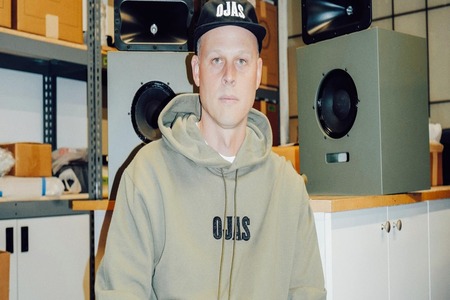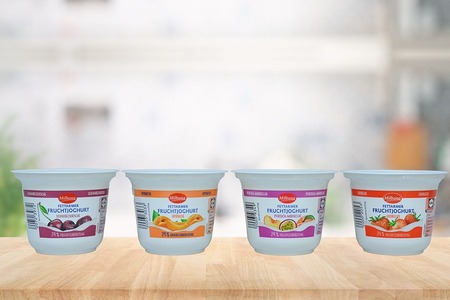Mela Phulkari with Punjab weave magic is back again this year
YarnsandFibers News Bureau 2015-04-07 11:00:00 – New DelhiMela Phulkari, second edition is back this year with the aim to celebrate the rich tradition of the phulkari fabric which is still intact yet the exhibition makes use of this fabric to narrate the entire history and define the vibrant culture of the state from where it originates. Mela Phulkari II’ began on 2nd April and will be on till 8th April at Open Palm Court, India Habitat Centre.
The festival takes off from the success of its first edition last year. It brings to the Capital, apart from the intricate and ubiquitous tradition of Phulkari, the heartland and spirit of Panjab through the colours, stories, history, traditions and craftsmanship of the state.
Five potted plants at the entrance of Open Palm Court (gallery) bear the names of the five rivers that constitute the land of Punjab. As visitors step inside, a colourful array of installations welcome all.
The exhibits ‘Milkpot on Cycle’ and ‘Faridkot’ by Harinder Singh (creative head of 1469), ‘Antique Juttis’ by Mala Dayal and ‘Darwaza ki Mehek’ by Anupa Dasgupta are examples of similar products showcased differently. Kaur elucidates that they would have used some 20 odd dolus last year whereas this time there are just three dolus. Atop the cycle in the centre of the gallery, these symbolise the milk seller who used to make early morning rounds delivering milk to households.
Among these 13 installations, with phulkari shawls draped on bamboo stick, is a conglomeration of village panchayat that has gathered to discuss an issue. Titled ‘Stiches of Identity’, the artwork by Anupa Dasgupta, in reality depicts the agrarian tragedy of Punjab. The ‘Phulkari baghs’ denote the prosperous and fruitful agriculture while the mannequins are styled as despairing farmers who are roped in grief. The vibrant hues of phulkari translate the despair into joy.
Another installation, ‘Doli’ (palanquin) by NIFT, Mohali, takes its inspiration from the bridal textile and is decorated with traditional motifs of phu¬lkari and other bridal finery.
A miniature truck and a huge handcart filled with vibrant handicrafts grab instant attention. While the truck has a mention of Hindi film ‘Highway’, the handcart doubles up as a shelf to exhibit the colourful hand fans, bags, umbrellas and everything possible.
Kaur said that they want to make phulkari the fashion statement in contemporary times and have even printed stoles in phulkari pattern. Their focus has not shifted from the fabric. Instead, it has expanded to encapsulate the craft that is done in every home of Punjab alongside the onus of resurrecting the old Punjab in modern Delhi.
There are a lot of unexpected elements in each of the artwork that make up the colourful exhibition. Yet, instead of looking mismatched and out of place, each finds its own space and garners attention in this garden of colours.
As kites and umbrellas hang from the ceiling, young visitors enjoy taking pictures in this mini-Punjab created in the Capital ahead of Baisakhi.
According to Alka Pande ( curator of the exhibition ), Mela Phulkari is a cultural construct, which includes not just the living tradition of Punjab, but goes beyond the art of making, of craft and art. It encompasses the philosophy of life, myths , legends and allegories, of the dreams and aspirations particularly of the women of this agriculturally fertile land.
Talks and demonstrations will run throughout the duration of the exhibition. Leading experts who serve as faculties in top Indian design institutes, such as Rahul Jain and Kanwarjit Singh Kang, will be addressing the audience.
Apart from the exhibition, one will find products on sale such as artefacts, clothes, decorative items, accessories such as parandhis and, most importantly, Phulkari in all its glory. A ramp show of phulkari products made by concept 1469 will add to the spunk.
Market Intelligence
Ask for free sample Report

experience
Customer Base
dedicated team
Countries Served Worldwide









